Comprehensive Traceability Principles
Use data to inform decision-making
Put the necessary information into the hands of the right people in a timely manner, so they can act upon it and make data-driven decisions while designing, implementing, and improving the eCDT program.
Full description
Conduct internal research (e.g., within your own agency's programs as a government entity, or within your own supply chain as a company) to understand the supply chain and existing data and governance systems. Conduct external research to let other seafood traceability pilots and case studies inform the design and approach. If a traceability system is already in place, utilize monitoring and evaluation tools to assess eCDT program performance (including worker welfare) and identify opportunities for adaptive management.
APPLY THE PRINCIPLE
There are three main phases to building an electronic catch documentation and traceability (eCDT) program:
INITIATE – includes early research, goal setting, and stakeholder engagement;
DESIGN – includes identifying technology, assigning responsibilities, and creating the systems to support the program;
IMPLEMENT – includes piloting the program, adaptively managing, and scaling it.
Here you can see how this principle manifests throughout each phase.
- Learn from existing programs
- Review past eCDT programs and lessons learned to avoid common pitfalls
- Conduct research, assessment, or gap analyses on the existing programs and enabling environment to identify supporting regulatory frameworks, enforcement, and political will
- Identify and access what exists to support the comprehensive eCDT program (i.e., infrastructure, data architecture, regulatory measures, relevant initiatives). Check for norms, policies, and government enforcement regarding health and safety, core human rights principles (i.e. the ILO core conventions), and right to free speech without fear of retribution to stay abreast of the law or identify any human rights gaps
- Characterize supply chain
- Conduct a general overview of involved fisheries, including current catch documentation, reporting, and social responsibility data collection practices across government agencies
- Assess existing exposures and risks
- Assess existing exposures and risks of both 1) Illegal, unreported, and unregulated fishing for relevant stocks and supply chains, and 2) human rights abuse for people working in or associated with relevant stocks and supply chains, including enabling mechanisms to strengthen policy for worker protections and/or general social safeguards
- Plan to adaptively manage the eCDT program
- Build in designated time periods for monitoring and adaptation. Design the program with a forward-thinking mindset by enabling possible use of modern and emerging technology in data analytics
- Utilize monitoring and evaluation tools to assess eCDT program performance and identify opportunities for adaptive management
- Adapt and scale technology based on user feedback
